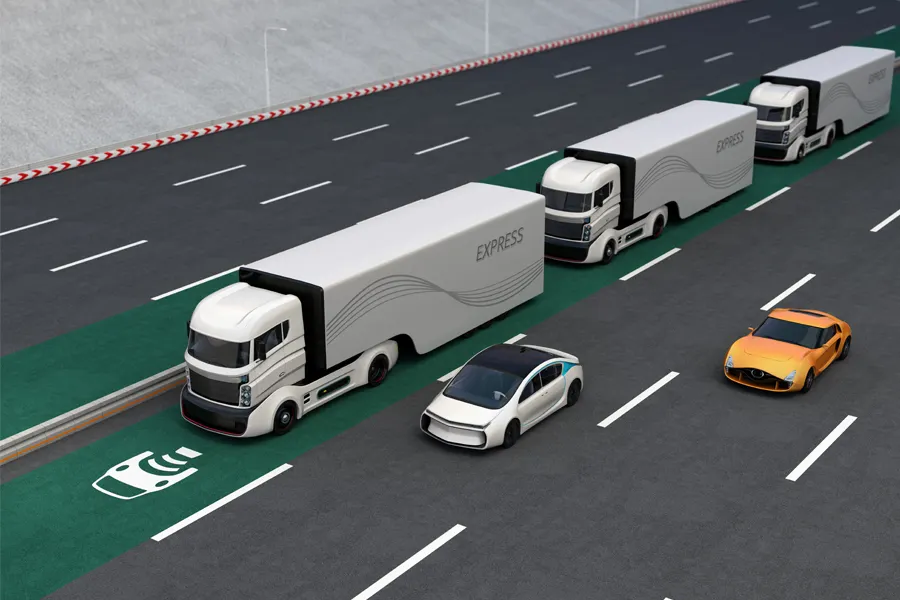Driverless truck

The days for trucking companies are indeed getting tougher and tougher. Smart low-cost unmanned trucks, the multi-directional all-electric box trucks of Dailaala, and the van-style unmanned light trucks of JD Logistics – these giants’ moves have completely disrupted the market. Just like “Roubo Qiancao” stealing Didi’s business, Didi’s delivery service is squeezing Dailaala, and now the unmanned truck trend is directly hitting the pain points of truck drivers. The machines can’t complain about the scorching heat and dangerous work, but the ordinary long-distance freight delivery jobs have been taken away. It’s really time to seriously consider a way out.
Let’s talk about this current wave. By 2025, autonomous trucks in China will no longer be just theoretical concepts. From the perspective of long-distance road logistics, fully unmanned products are entering the stage of scale validation, and this trend is accelerating globally. For instance, in the port sector, autonomous trucks have been quietly making a fortune: they are highly efficient, operate 24/7, and avoid the pitfalls of driver fatigue and human error. Industry experts also express optimism that this will significantly enhance transportation efficiency and reduce labor costs, especially in harsh environments. However, what about the negative aspects? Public surveys show that people have high expectations for autonomous driving, but they are also worried about the loss of traditional drivers, especially freight drivers. KPMG’s report predicts that by the end of 2025, the penetration rate of L2 and above autonomous driving will reach 50%, and the production of L3-level vehicles will have also begun. This means that the “value” of a C1 driver’s license is indeed shrinking in the passenger vehicle and light truck sectors, and the space for individual operators is being squeezed. In the future, urban logistics is likely to shift to a platform-based and unmanned transportation model.
What about the living space of truck drivers? On X (formerly Twitter), many people openly stated that this issue cannot be avoided. Some said that in the past, Chinese truck drivers were too “cheap” and could do any job, so the promotion of driverless vehicles was slow; but now the hardware and services are affordable, and courier companies have already started to implement them. Others predict that freight transportation is the earliest field for the application of driverless technology because the routes are fixed, the road conditions are simple, and there is no fatigue for 24 hours. Truck drivers may be the first group to be “out of work”. There are even voices suggesting that in the future, there will be “useless classes”, and truck drivers and taxi drivers will all be replaced by AI and robots. What’s more distressing is that the test of unmanned trucks from Beijing to Tianjin Port has exceeded 60,000 kilometers, with the distance between vehicles reaching 45 meters. Coupled with the depressed freight market and the variable of unmanned driving, many truck drivers are unable to sleep at night.
However, I don’t think we should be too pessimistic. Machines have indeed replaced repetitive and dangerous “roles”, but truck drivers have experience and resilience, and there is plenty of room for transformation. For instance, they can learn maintenance techniques for unmanned vehicles, switch to logistics scheduling or last-mile delivery, or even enter the field of new energy vehicle sales. Industry reshuffling is painful, but it may also give rise to new opportunities – think of how Didi expanded from ride-hailing to delivery services. The trucking industry might also give birth to a “mixed mode of unmanned and manual” approach. The future? Technological iterations will definitely continue, but policies and social security must keep up as well; otherwise, this ripple effect will turn into a tempestuous wave.
